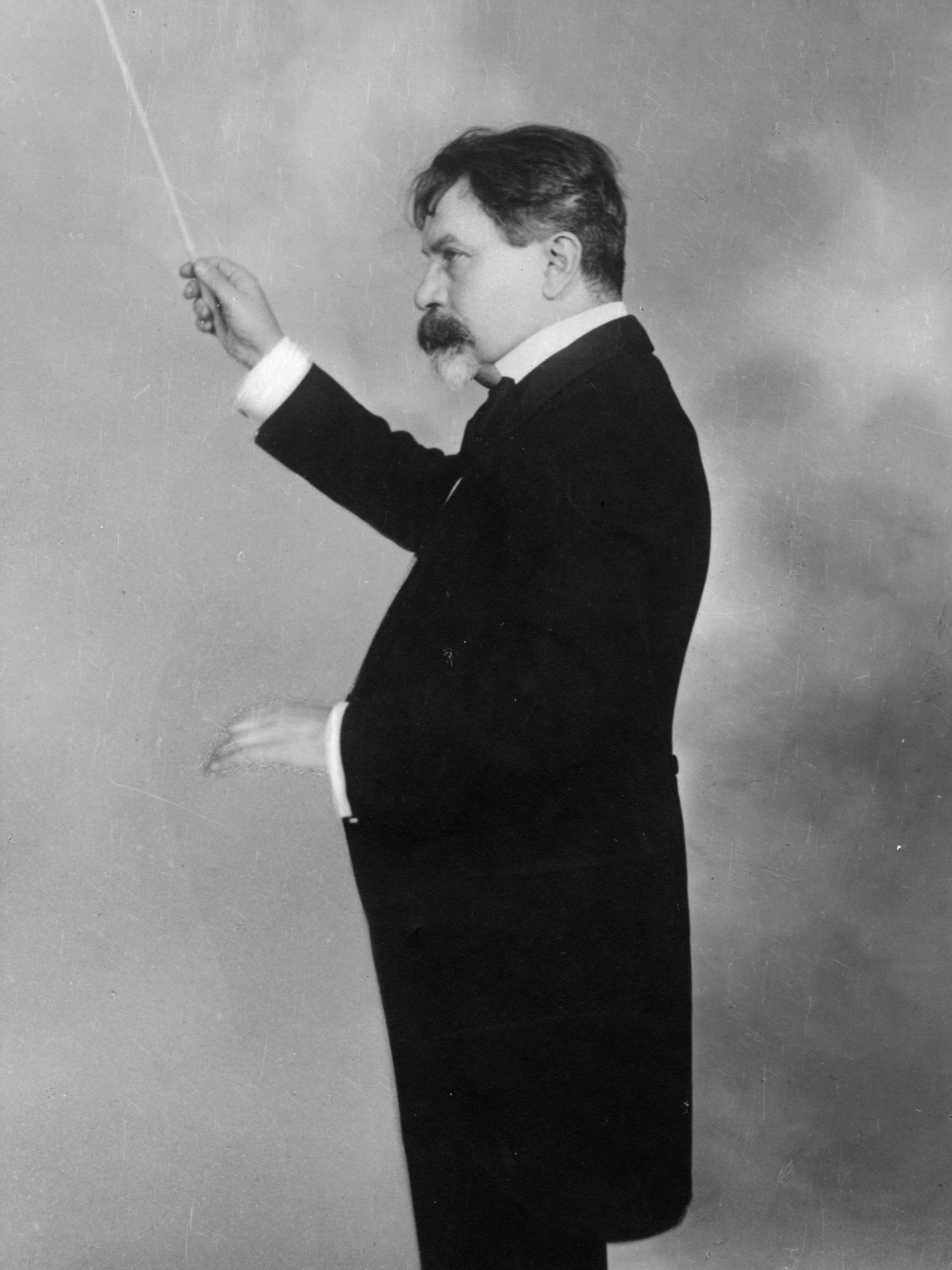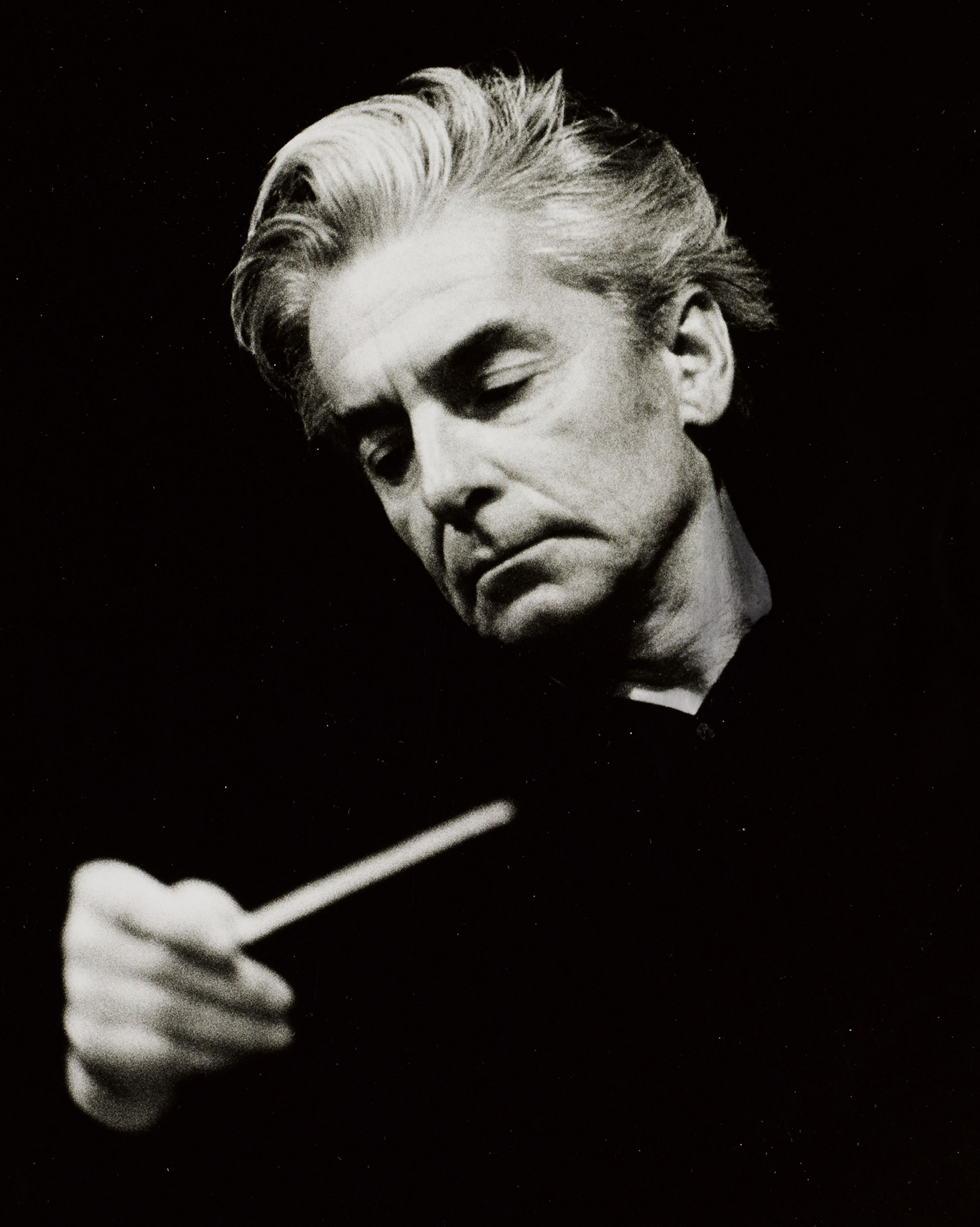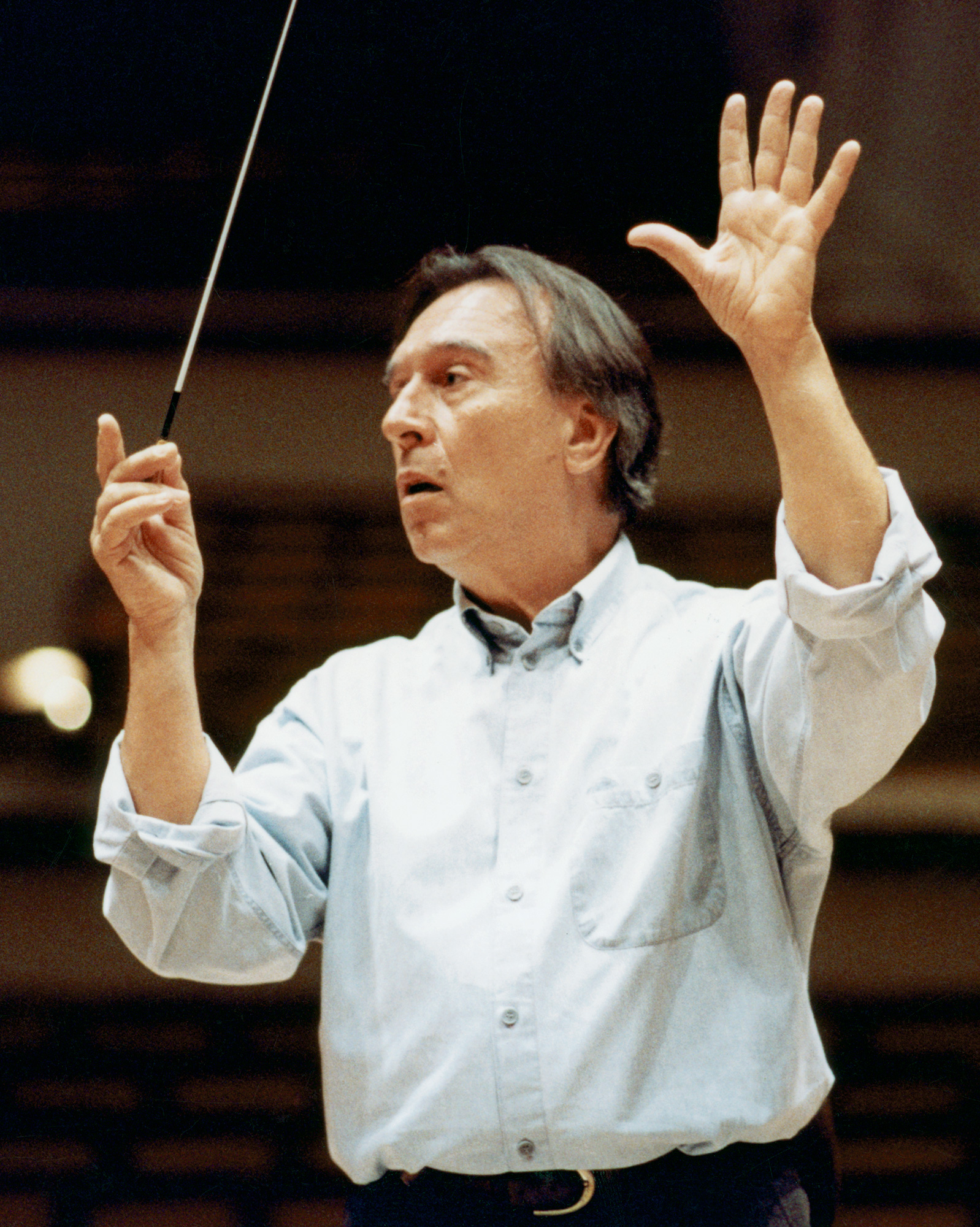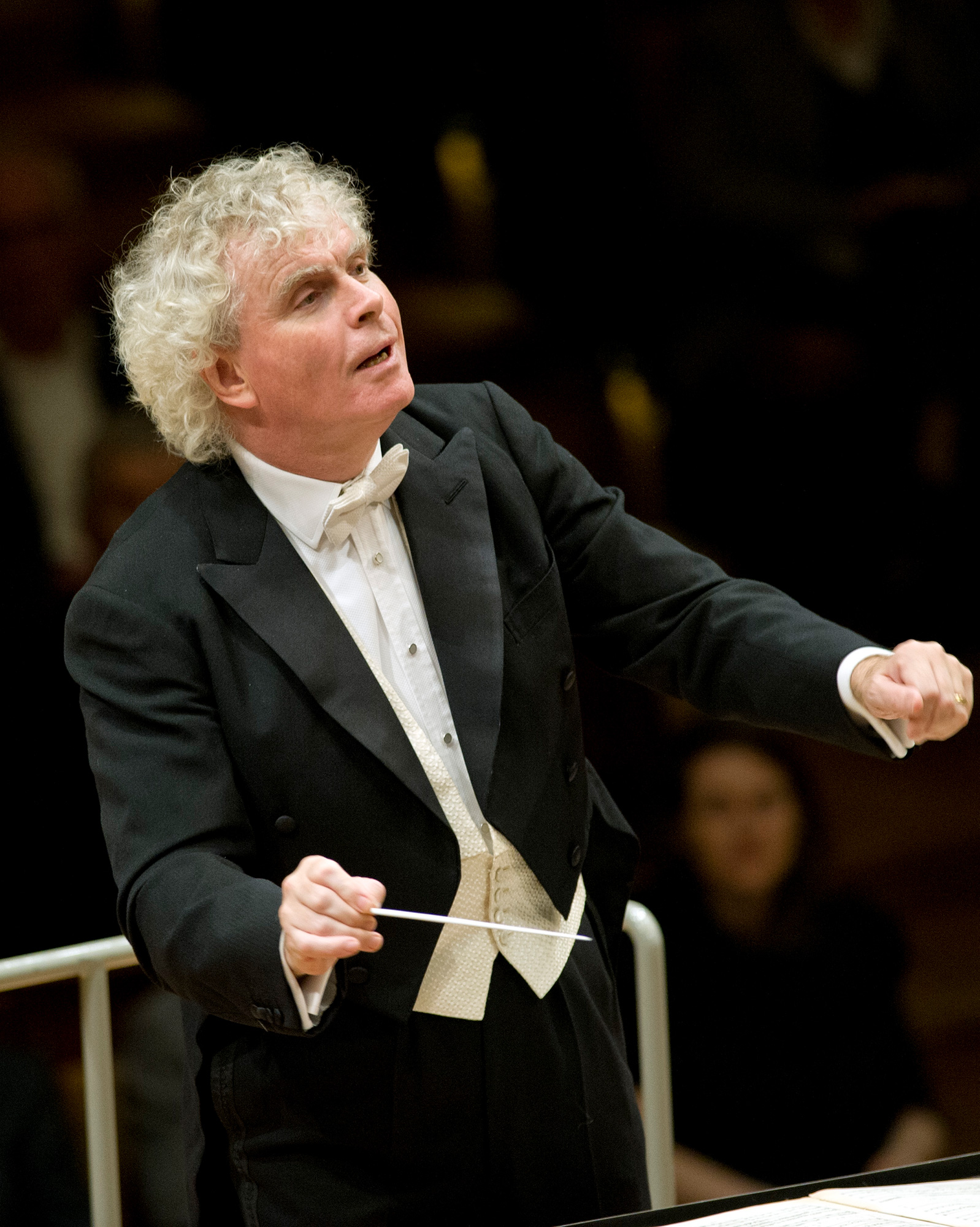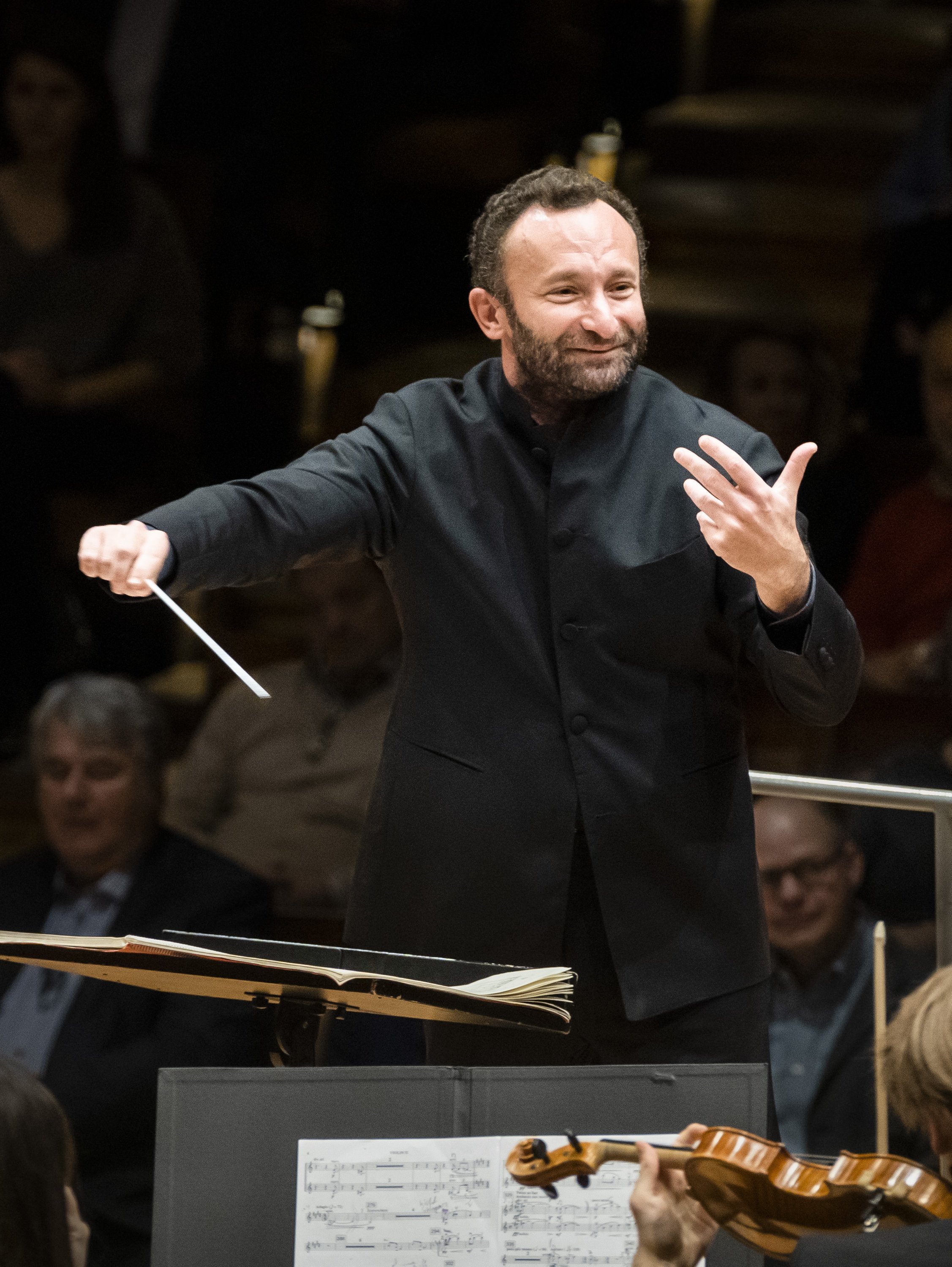- Orchestra History
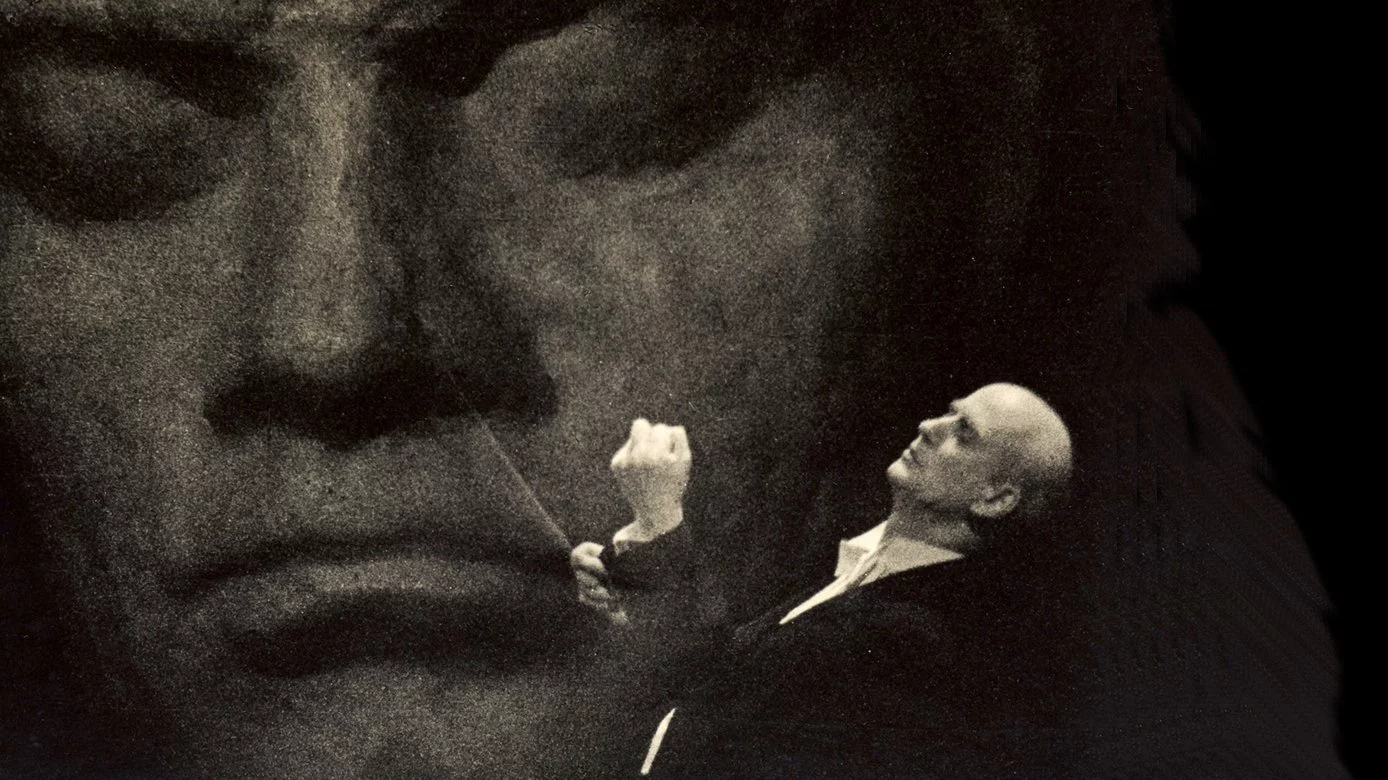
A comparison is obvious, but it sounds inconsistent. Unlike the chief physician, head cook or chief editor, who are managers (male and female) with authority over employees, chief conductors do not have to consider themselves supervisors, although the history of conductors has been filled with enough commanders, dictators, autocrats and even despots until now. The chief conductor – increasingly also female in recent years – is the “artistic director” of a collective body that must work on an extremely complex production of symphonic music, which can only be achieved in individualized experimental phases. The conductor tries out, guides and coordinates the processes of finding the right musical sound and giving it meaning. And if the “ordinary” conductor already conjures up the myth of the maestro, the “chief conductor” seems even more to dwell on the Olympus of mythical idealization.
Expertise and Authority
The Berliner Philharmoniker, like great symphony orchestras in general and music theatre as well, became what they are and what they achieve publicly based on their importance, because of the energy of all their players, to be sure, but particularly due to the charisma of their chief conductor. Being the chief conductor of an orchestra means bearing the artistic responsibility for a musical organism, but also shaping its path over a longer period of time. That requires a close relationship with the artists and the trust of the musicians, in order to give a complex institution aesthetic form and colour, rhythm and thematic definition.
As a result, musical expertise and personal authority flow into both the audience and the consciousness of the orchestra. The creative will of the chief conductor thus determines not only the shaping of the musical work being performed and the programme but also the conception of concerts and tours, soloists and guests during a season. Organizational questions also come to the chief conductor’s attention, which he clarifies with the orchestra and the director or management. Moreover, he will not ignore human problems and misunderstandings, but will try to influence the creative well-being of the musicians on the whole, since it has an indirect effect on artistic processes.
Key Artistic Figure
The importance and influence of the chief conductor can hardly be overestimated, because he – or she – defines the characteristic musical idiom, the artistic substance and identity of his/her orchestra. He helps to make the expressiveness and personality of an orchestra develop and thus increase its success. If his alertness of mind allows, he even personifies the present and future vision of his orchestra. He becomes the key artistic figure of the culture of a city or a country through his personal ability to communicate. It is not surprising that the chief conductor exercises power, literally represents it, so that the symbolic image of a cultural myth could evolve.
In this respect, the well-known definition of power which the Austrian writer Elias Canetti gave the conductor’s art seems entirely appropriate. In his study Crowds and Power, published in 1960, Canetti simplified and sharpened the image of the conductor. According to him, there is “no more obvious expression of power” than the performance of a conductor, since “his attention is everywhere at once” he is “omniscient”, and for the listeners in the hall he is “a leader”. For the autocrats of bygone eras of conductors, for example, Arturo Toscanini, Wilhelm Furtwängler, Leopold Stokowski, Fritz Reiner and Herbert von Karajan, Canetti’s equation “conductor equals power” may apply. The question remains open, however, what kind of power gives the conductor strength of character, what artistic sensitivity and what intellectual calibre. And how plausibly and convincingly he uses his power, with what means and for what goals.
Philharmonic contrast principle
The Berliner Philharmoniker are an excellent example of how their chief conductors and artistic directors have shaped the orchestra in its collective structure and its individual artistic character through the years since its founding in 1882, and at the same time have magically, so to speak, enhanced the public image of the orchestra. Although the orchestra musicians themselves follow an instinct: they know how to choose their conductors according to the principle of contrast, to clearly differentiate the current successor from the artistic physiognomy of his predecessor – which almost guarantees richness and variety in musical terms.
A particularly lucky coincidence of productive continuity in the Berlin Philharmonie is the long tenure of the chief conductors: Kirill Petrenko is only the seventh director in the orchestra’s 135-year history. Hans von Bülow and Arthur Nikisch laid a solid foundation for the coming years with their brilliant qualities and musical passion, despite their differences in character. Wilhelm Furtwängler made the late Romantic German symphonic tradition blossom again. As Toscanini’s heir, Herbert von Karajan emphasized a consummate, beautiful sound.
Claudio Abbado offered Berlin audiences literary-musical thematic adventures and modern composers. Sir Simon Rattle, the communicator, excitingly extended the panorama of the symphonic spectrum with exuberance. And Kirill Petrenko? Above all, he wants to make inspired music, with the greatest discipline and concentration, far removed from the curiosity of the media.
The work of conductors calls for the cliché of an imperative which audiences of symphonic rituals seem to persistently demand: let there be suggestion! fascination! rapture! magic! The myth of the conductor is definitely connected with the notion of greatness in music. “Artistic greatness is both more permanent and universal than historical greatness,” the German-American musicologist Alfred Einstein declared. The myth of the conductor has its starting point there as well.
